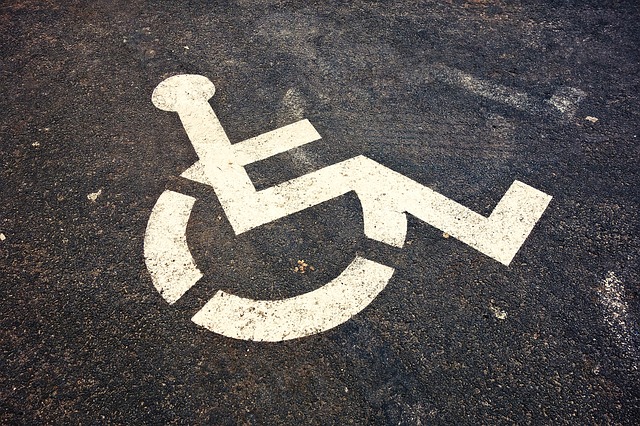London publicly prides itself on the accessibility of its transport system – but only 28 per cent of London’s tube stations are wheelchair accessible, and not all of these are suitable for every commuter.
To take a deeper dive into what London’s transport system is really like for commuters, specialist lawyers Bolt Burdon Kemp teamed up with female wheelchair users to test out some of the bigger routes in the capital. The intent? To see whether they were as easy to navigate for those in wheelchairs as they are for able-bodied commuters.
Liverpool Street to King’s Cross – a must for many commuters – took, not the nine minutes suggested by the app, but more than 30 minutes, despite the fact that it was one bus all the way there. Driver confusion over how and when to deploy the accessibility ramp left our commuter trapped for an extra stop, and traffic along the route meant that she would have (outside of controlled testing) been over 20 minutes late to work had she relied on the app. Whereas most able-bodied Londoners take the Tube to avoid rush hour crushes in Central London, this wasn’t an option for our wheelchair user, who commented that ‘it sounds ridiculous but some drivers ask me [how to use disabled ramps on buses]’
Wembley Park to Westminster also took 83 per cent longer to complete than what was suggested by the app. Jennifer, the participant testing this particular route, also had a scare when lack of assistance by staff at her disembarking location meant she had to rely on the kindness of strangers to navigate the train and station: “Today was the first time I’d used public transport since [getting injured]. I probably won’t use it again”.
Planning journeys was the most difficult part of the experiment, with various apps cross-checked to come to the most reliable conclusion. Not one app seemed to provide trustworthy data. Ultimately, the participants’ own knowledge was found to be most reliable, meaning new routes were often difficult or frightening.
What is more, official tools also didn’t account for individual needs. For the Westminster bound journey, the TFL journey planner specified a change at Finchley Road, which in reality was too wide for an electric wheelchair to navigate safely, with the recommended change only possible for a manual wheelchair user. This could have left Jennifer stranded, as there were also no staff on the platform to offer assistance.
These are only a few of the dreadful obstacles women wheelchair users face on their commutes every day, causing complications and sapping the energy they could otherwise bring to the workplace. Hopefully by bringing attention to these facts we can ensure that more is done to make London’s public transport network accessible.









